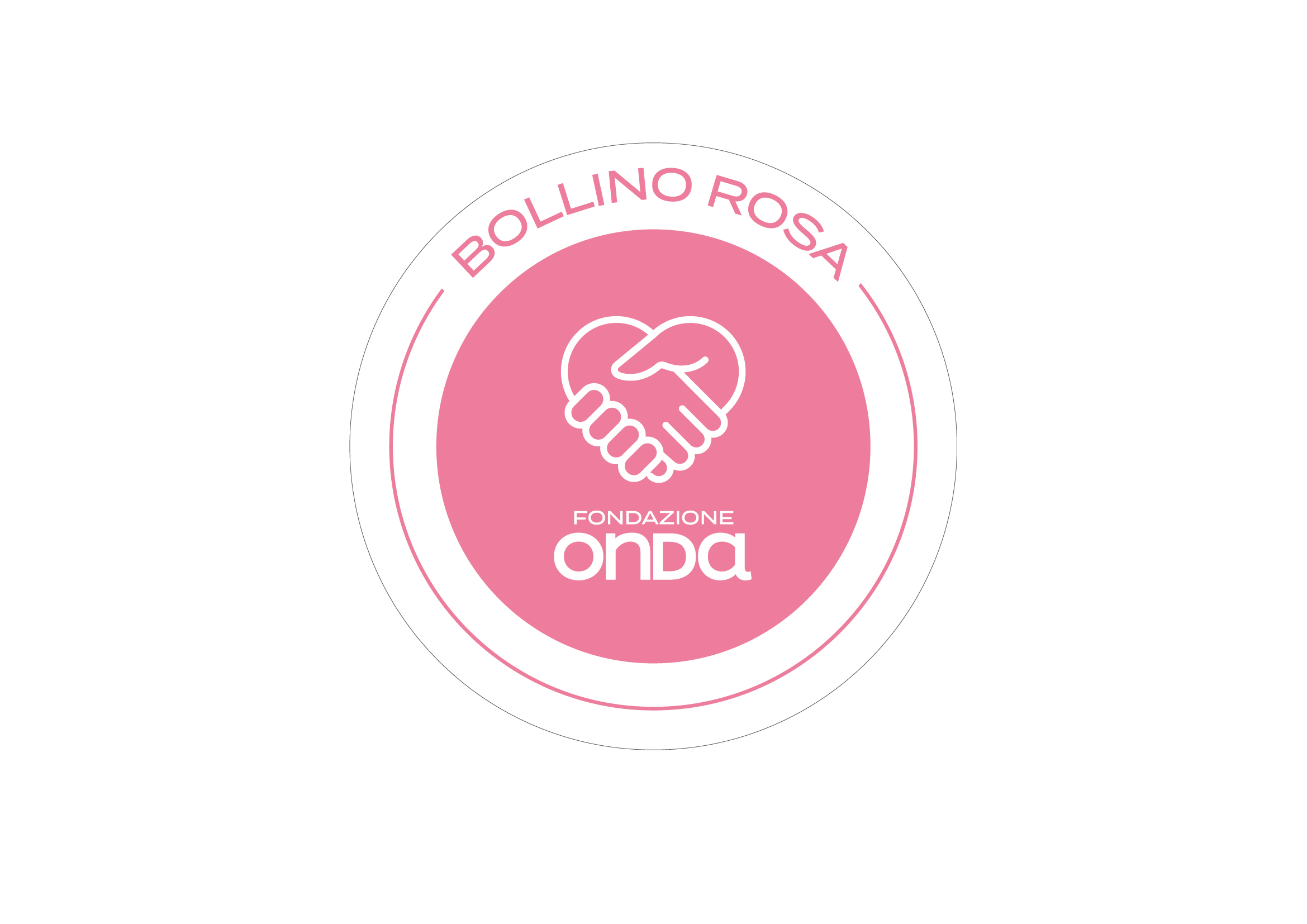Hypertrophy of the turbinates
Hypertrophy of the turbinates refers to a condition characterized by an increase in the size of the nasal mucosa covering the turbinates, the bony structures present inside the nasal cavities, whose swelling causes nasal obstruction with a sensation of a blocked nose.
Their function in normal nasal physiology consists of conditioning (humidification, heating, and purification) the air we breathe to improve gas exchanges.
Generally, there are three turbinates per nasal cavity: inferior, middle, and superior; in some individuals, there is a fourth turbinate, the supreme. The turbinates that most affect the airflow are the inferior and middle ones. Some individuals present an increase in their volume (hypertrophy of the turbinates) which prevents normal nasal breathing; the patient, in this case, reports unilateral nasal obstruction or bilateral with mouth breathing open, resulting in dryness of the throat, runny nose and possible nighttime snoring (it should be noted that snoring could have other different causes).
Among the main causes of hypertrophy of the turbinates are:
- allergic rhinitis (caused by allergies that can be seasonal or perennial, and the patient reports respiratory obstruction, sneezing, discharge of serous material like runny nose, itching, and burning);
- non-specific nasal hyperreactivity rhinitis (related to a pseudo-allergic reaction with symptoms not very different from allergic rhinitis, mainly characterized by nasal obstruction and runny nose). The patient may report disturbances based on heat or cold, changes in position or humidity, emotional state, or even cigarette smoke.
THERAPY
After a careful clinical evaluation of the patient and having identified the causes of the reported disturbances, it is possible to treat the hypertrophy of the inferior turbinates by reducing their size. Various surgical techniques have been used for the reduction of the inferior turbinates:
- from more traditional treatments under general anesthesia (partial turbinectomy, the lower mucotomy or submucosal emptying);
- to new less invasive techniques that involve the use of laser or radiofrequencies.
At the Gruppo Otologico, for some years now, the Vesalius Quantum (molecular quantum resonance scalpel) has been in use, which aims to create submucosal decongestion through tunnels made inside the turbinate, in such a way as to create a retraction of the mucosa itself, leaving it intact externally, with the goal of increasing the respiratory space. The procedure is performed on a day hospital basis under local anesthesia (contact anesthesia with possible infiltration of the turbinate itself), in the operating room to ensure continuous monitoring of vital parameters and with the assistance of the anesthesiologist. It is absolutely not necessary to perform any nasal packing post-operatively, the duration of the treatment is a few minutes and the patient can return to their activities as soon as possible.
Some post-operative check-ups are necessary. The results are excellent and are around 80%, with minimal commitment from the patient. However, it is possible to repeat the treatment after a certain period if the results obtained are not satisfactory.
In case of further investigation on turbinate hypertrophy, nasal polyposis, sinusitis, and nasal septum deviation, it is possible to consult the following link.
VIDEO
Doctors
Dott. Antonio Caruso
Otorinolaringoiatria, Otologia, Neurotologia, Chirurgia della Base Cranica, Chirurgia Endoscopica dei Seni Paranasali
Dott.ssa Vittoria Di Rubbo
Otorinolaringoiatria, Otologia, Chirurgia della Base Cranica, Neurotologia e Chirurgia Endoscopica dei Seni Paranasali
Dott. Giuseppe Fancello
Otorinolaringoiatria, Otologia, Neurotologia, Chirurgia della Base Cranica, Chirurgia Endoscopica dei Seni Paranasali, Laringologia
Dott.ssa Anna Lisa Giannuzzi
Otorinolaringoiatria, Otologia, Neurotologia, Chirurgia della Base Cranica, Vestibologia
Dott. Lorenzo Lauda
Otorinolaringoiatria, Otologia, Neurotologia, Chirurgia della Base Cranica, Chirurgia Endoscopica dei Seni Paranasali, Chirurgia Riabilitativa del Nervo facciale
Dott. Enrico Piccirillo
Otorinolaringoiatria, Neurotologia, Chirurgia della Base Cranica, Chirurgia Endoscopica dei Seni Paranasali, Oncologia Testa-Collo
Dott. Gianluca Piras
Otorinolaringoiatria, Otologia, Neurotologia, Chirurgia della Base Cranica, Chirurgia Endoscopica dei Seni Paranasali
Dott.ssa Alessandra Russo
Otorinolaringoiatria, Otologia, Neurotologia, Chirurgia della Base Cranica, Chirurgia Ricostruttiva del Padiglione Auricolare
Prof. Mario Sanna
Otorinolaringoiatria, Otologia, Neurotologia, Chirurgia della Base Cranica
Dott. Abdelkader Taibah
Otorinolaringoiatria, Otologia, Neurotologia, Chirurgia della Base Cranica
contacts
Via Morigi, 41
29122, Piacenza (PC)
Tel. (+39) 0523.751280
WhatsApp – 389.2625175
ufficio.privati@casadicura.pc.it


















